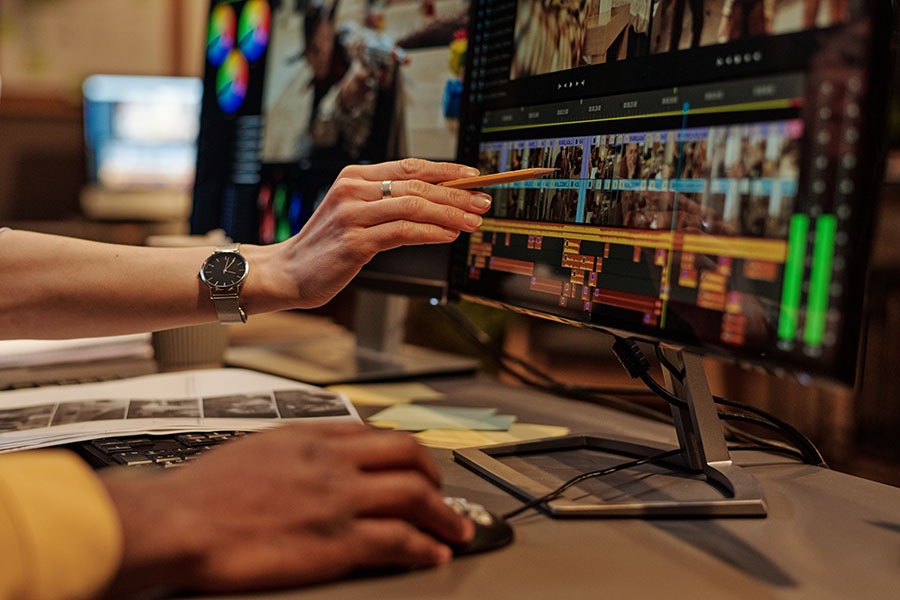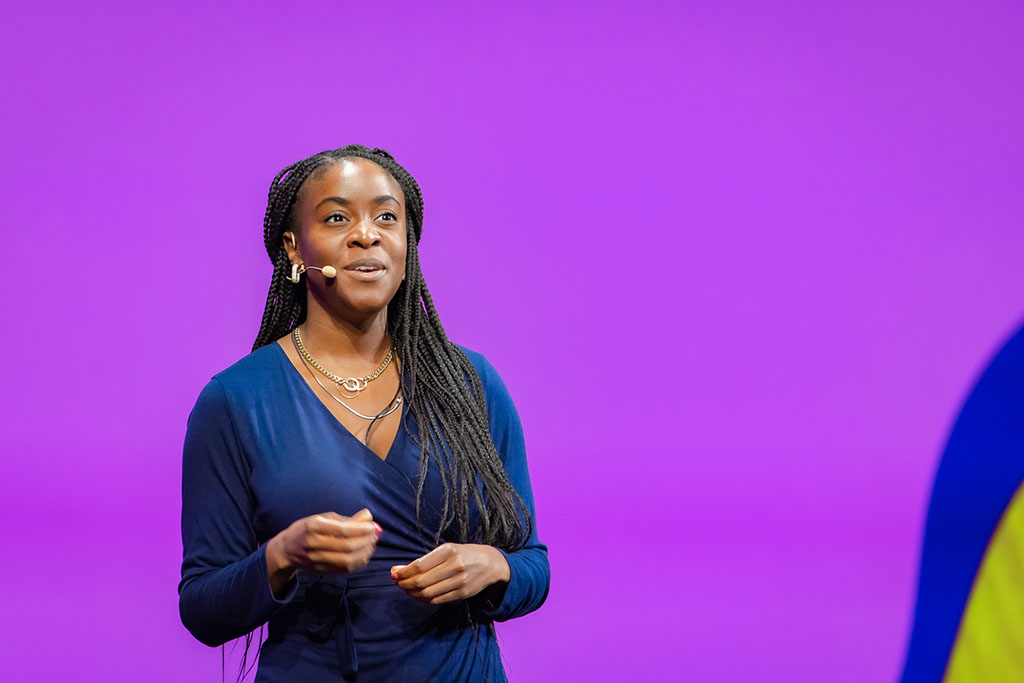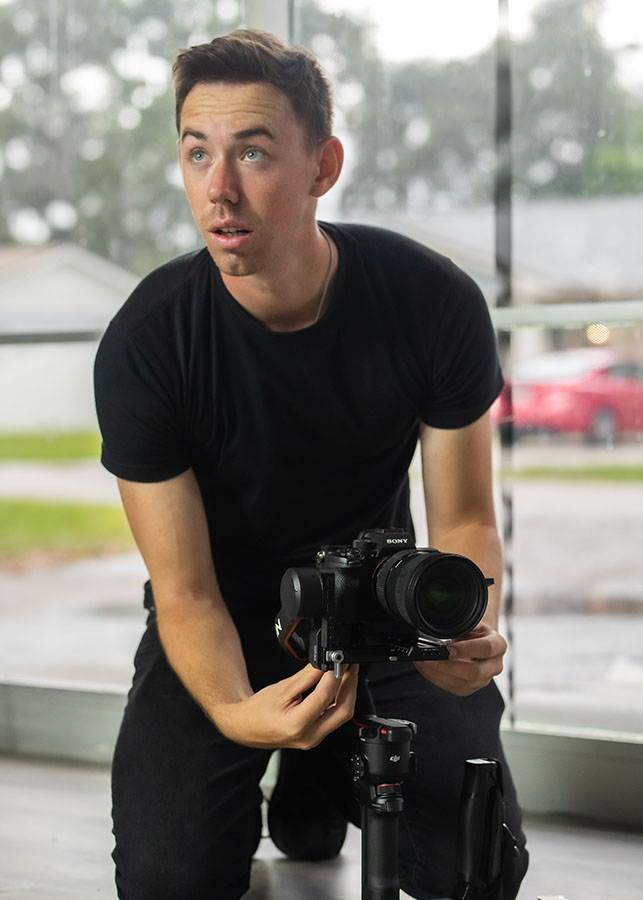The seamless integration of storytelling into motion graphics results in highly engaging and visually stunning content.
In marketing and advertising, storytelling has always been a powerful tool for capturing the audience’s attention, engaging their emotions, and conveying meaningful messages. With the rise of digital technology and the increasing need for visually captivating content, motion graphics have become essential to marketing campaigns. Combining motion graphics with storytelling adds a new layer of creativity and takes the messaging to a whole new level.
The term “motion graphics” encompasses various visual content that combines graphic design, animation, and fluid transitions to tell a story, deliver information, or convey emotions. With the rise of digital media platforms, such as social media and online advertising, the market for motion graphics has grown exponentially. However, the key to a successful motion graphic is not only about creating eye-catching visuals but also weaving a compelling story that resonates with the audience.
If you want to create motion graphics that resonate with your target audience, follow MAGNAFOTO’s lead and make storytelling an integral part of your visual content.
Mapping Out the Narrative
As with any compelling story, the first step in incorporating storytelling into motion graphics is to outline the narrative structure. The narrative provides a roadmap that guides the flow of the project and highlights the key events, characters, and conflicts that need to be showcased. When developing a narrative for motion graphics:
- Identify the main objective or goal of the story.
- Create a clear beginning, middle, and end structure that guides the audience through the narrative journey.
- Introduce relatable characters or personas that the audience can connect with emotionally.
- Incorporate conflicts or challenges that must be overcome to achieve the main objective.
MAGNAFOTO’s creative team strongly emphasizes outlining the narrative before diving into the design and animation aspects of their projects, ensuring a cohesive and engaging experience for the viewers.
Creating a Unique Visual Language
One of the key aspects of incorporating storytelling into motion graphics is creating a unique visual language that captures the story’s essence while aligning with the client’s brand identity. A unique visual language consists of the following:
- A uniform color palette that evokes specific emotions or signifies certain ideas.
- Consistent typography that complements the visual design and enhances readability.
- Cohesive design elements (such as icons, illustrations, and patterns) provide continuity, create associations, and reinforce the message.
MAGNAFOTO excels in crafting distinct visual languages for each project while staying true to the client’s brand guidelines and target audience preferences. This attention to detail allows their visual content to stand out from the competition and create a lasting impact on viewers.
Meticulous Animation Techniques
Incorporating storytelling into motion graphics requires seamless animations that bring the story to life. Effective animations propel the narrative forward while engaging the audience and enhancing the visual appeal of the content. Here are some animation techniques to consider when incorporating storytelling into motion graphics:
- Movement and Transitions: Use varied motion types (such as zoom, pan, or rotation) to guide the viewer’s eye and create smooth transitions between scenes or elements.
- Timing and Pacing: Strategically control the speed of the animations to maintain the audience’s attention and ensure that key moments of the story are appropriately highlighted.
- Character Animation: Employ expressive character animations that convey emotional subtleties and reinforce the characters’ personalities.
- Visual Effects: Utilize tasteful visual effects (such as particle effects, 3D elements, or rotoscoping) to add depth and dimension to the overall design, but be careful not to overwhelm the viewer with visual noise.
MAGNAFOTO’s team of skilled animators focuses on crafting visually arresting animations that enhance the storytelling aspect of their projects, ensuring that the narrative remains the central focal point.
Optimized Content for Multiple Platforms
In today’s digital landscape, content must be easily adaptable to various platforms, as viewers consume information on different devices and through various channels. To maximize reach and improve audience engagement, motion graphics need to do the following:
- Be responsive: Ensure the content is easily viewable across different screen sizes and resolutions.
- Consider platform-specific requirements: Tailor the dimensions, aspect ratios, and text sizes to meet the specifications of the intended platforms.
- Maintain aspect ratio consistency: Craft content that is visually consistent when scaled to various aspect ratios without causing distortion or unintended cropping.
MAGNAFOTO understands the importance of optimizing motion graphics for multiple platforms and leverages its technical expertise to create content that is appealing, accessible, and engaging across various channels.
The MAGNAFOTO Difference: Seamless Storytelling and Visual Excellence
The seamless integration of storytelling into motion graphics results in highly engaging and visually stunning content that makes a lasting impression on audiences. MAGNAFOTO consistently demonstrates its commitment to delivering exceptional visual content.
MAGNAFOTO’s keen attention to detail, creativity, and expertise in video production and photography services has established its reputation as a leader in the industry. Offering the perfect blend of storytelling and motion graphics in every project, let MAGNAFOTO’s proven strategies inspire you to incorporate storytelling effectively into your visual content and create captivating experiences that resonate with your target audience.












